The Churchill Fellowship has finally started! As a recap, I am very fortunate to have received the opportunity visit 16 museums and cultural institutions across North America to study best practices in science education via video conference. Over the next 6 weeks many visits will be held at renowned distance education providers culminating in a visit to the ISTE conference in Atlanta, Georgia. The purpose of the trip is two-fold; firstly to bridge relationships between distance educators in Australia and North America and also to share knowledge gained with Australian schools, libraries, content providers and government officials.
First stop was a visit to the Aquarium of the Pacific in Long Beach, California. The aquarium is situated in a beautiful building housing a stunning array of marine life divided into coastal zones from the beachside to the ocean trenches. Formed in 1998, the aquarium has grown into a major institution in southern California with consistent growth in visitors demanding constant additions to exhibitions and education programs. Today I was lucky enough to spend time with Alicia and Amanda as they delivered 2 distance education sessions to a school in North Dakota. The sessions were delivered in a purpose built video conference room created with funds from The Roddenberry Foundation. This foundation serves to fund innovative solutions to critical global issues in the areas of science and technology, the environment, education and humanitarian advances.
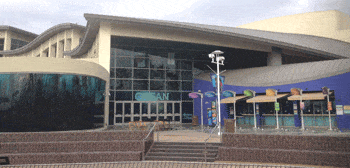
Aquarium of the Pacific, Long Beach CA
The first session was a lot of fun – ‘Fishial Pursuit’. Run like a game show, middle school students competed to answer marine biology questions to win points for their team. Highly engaging, the session fluidly transitioned from topic to topic with live feeds from the aquarium being combined with re-recorded segments with guidance from Amanda.
The second session found Amanda running a squid dissection with upper high school students. The aquarium sends market squid out to the schools so that the students can work in small groups to identify anatomical features and relate them to function. The session is run primarily through a document camera and works just like a traditional dissection with squid organs easily highlighted by the high resolution camera.
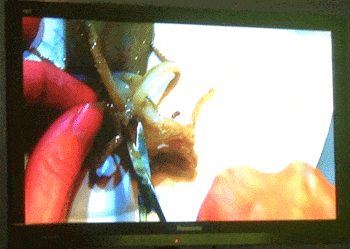
Squid Dissection video conference
Finally we spent time roaming the site, checking out the large variety of touch tanks and interpretative displays. A great highlight was the newly opened ocean depths exhibit which included a fantastic ‘whale fall’ installation complete with detritivores and a live plankton/digital microscope station. All in all it was a fantastic way to commence my Fellowship travels.
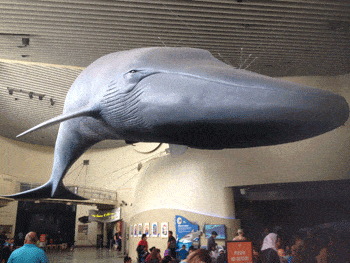
Blue whale in the Aquarium foyer
Next stop will be the Royal Tyrrell Museum in the heart of the Canadian badlands of Alberta, world famous for its dinosaur research and education delivery. Quite a change from Southern California, but I think I’m up for the challenge!
Catch you on the next leg 😉

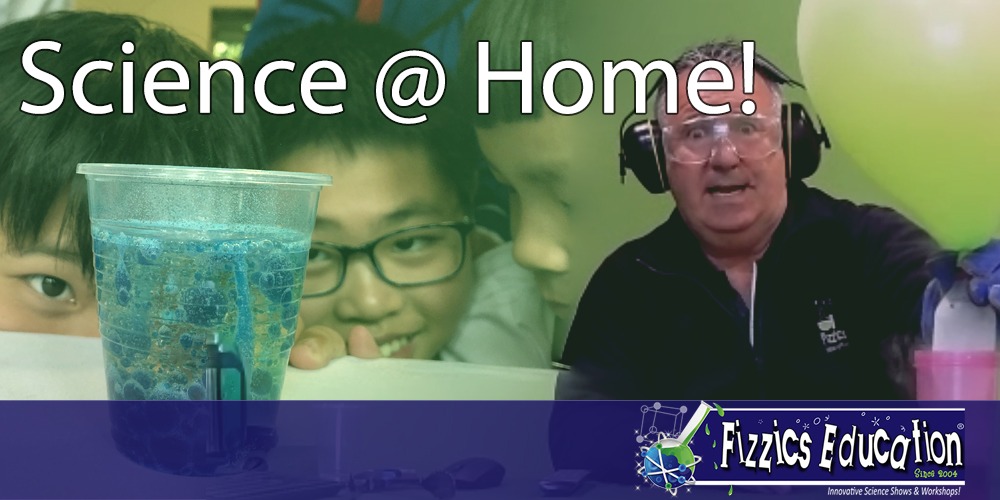
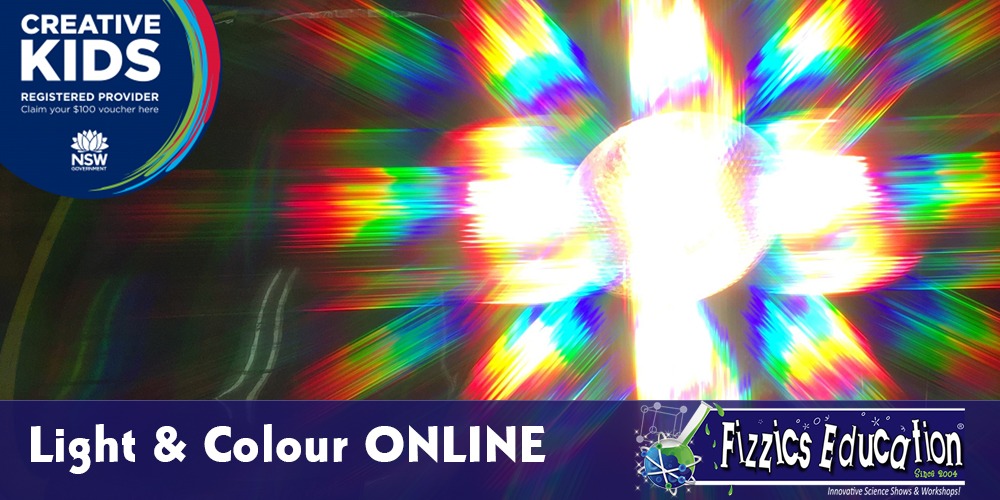
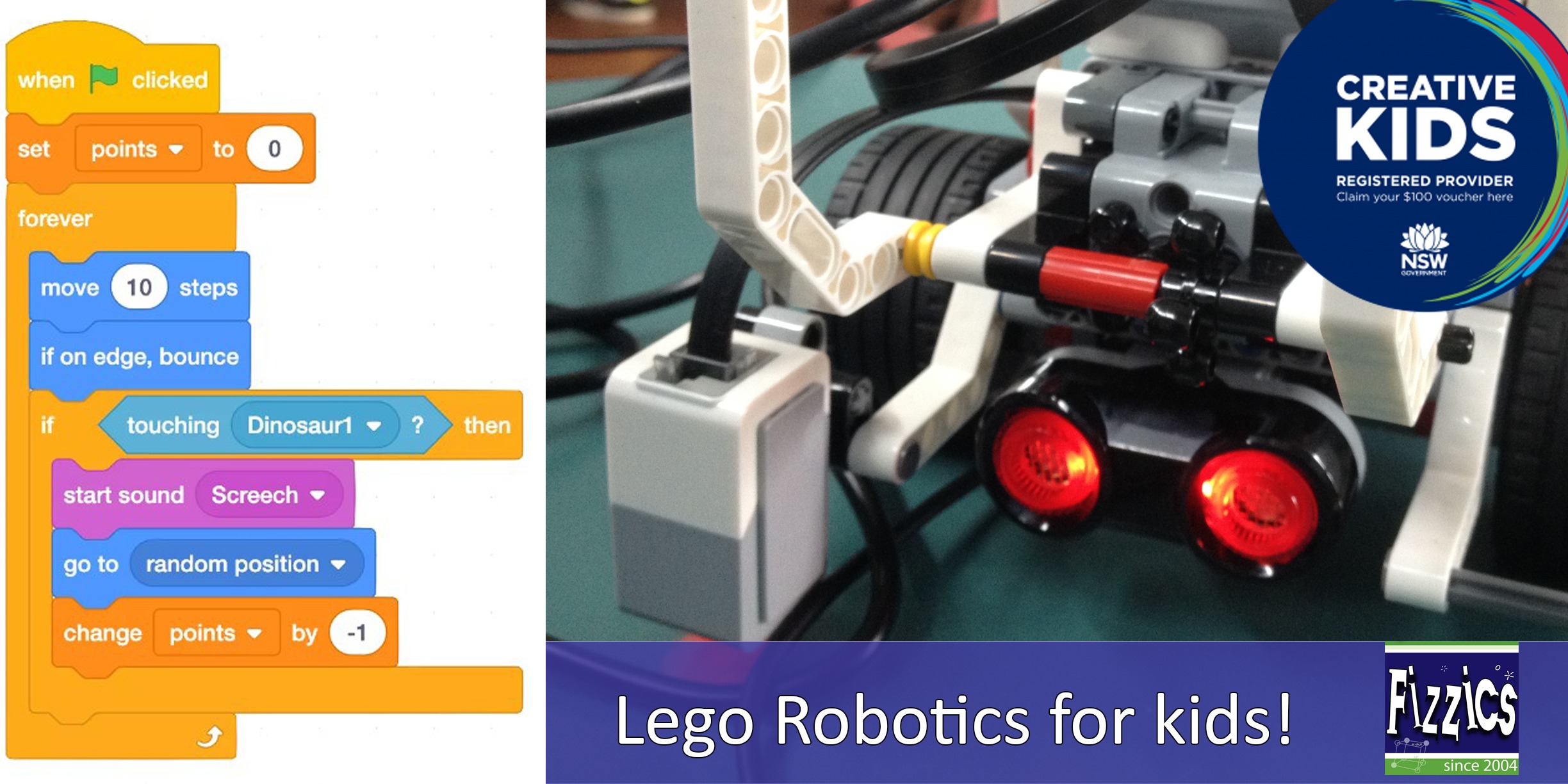
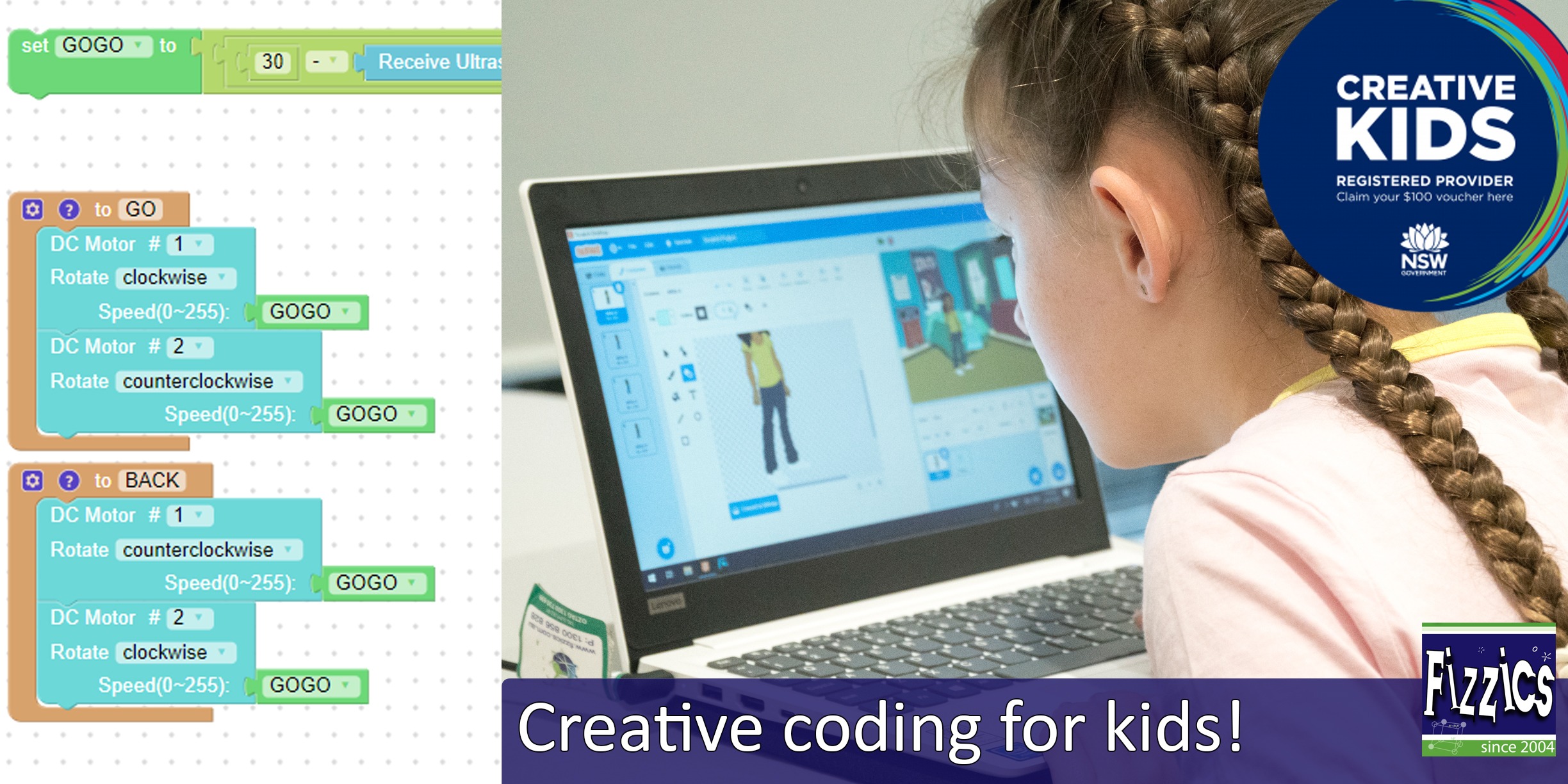
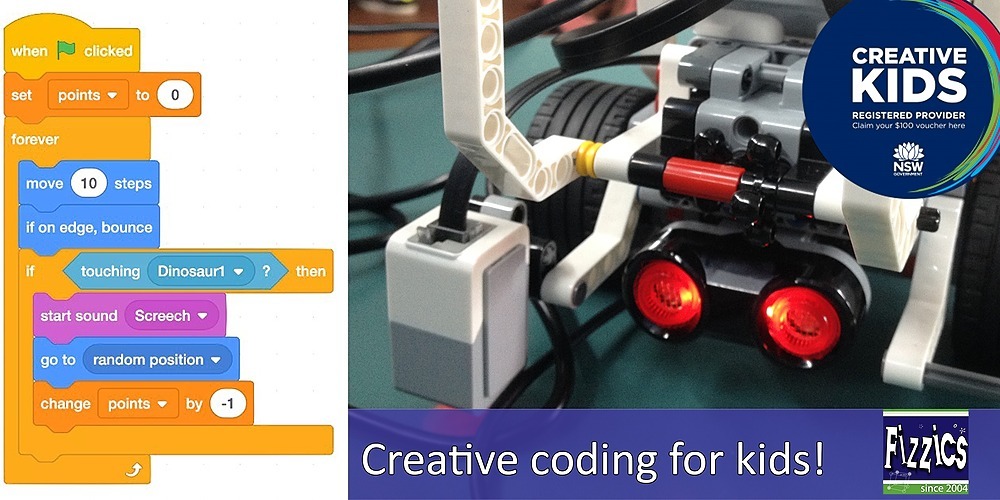
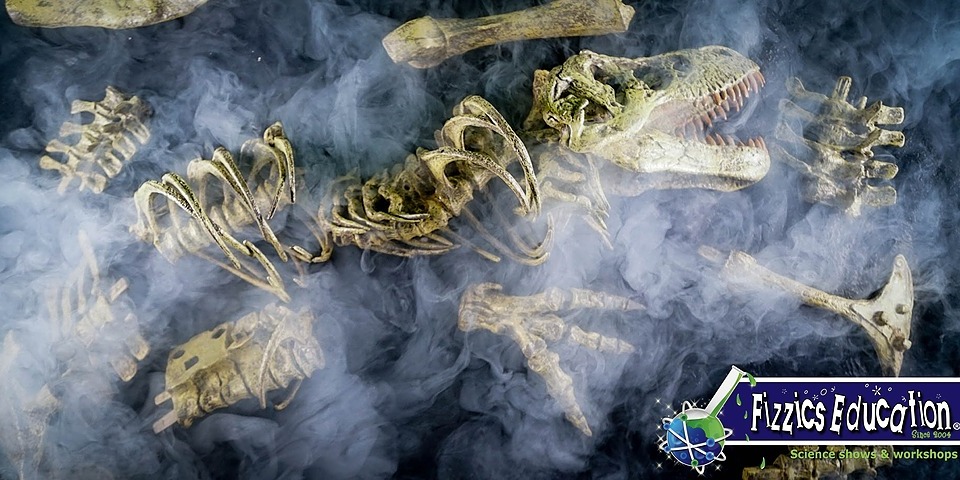

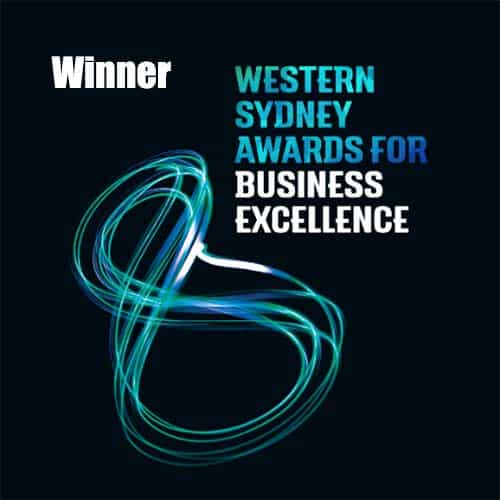
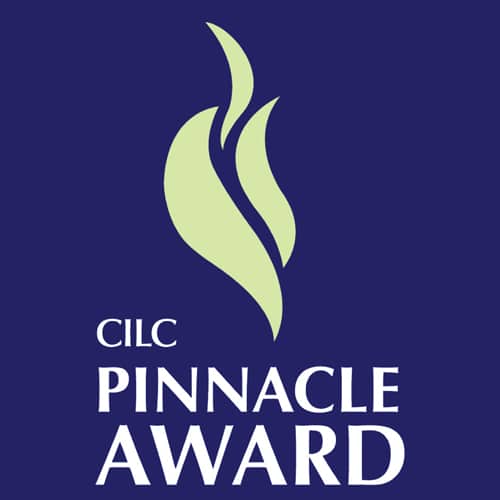

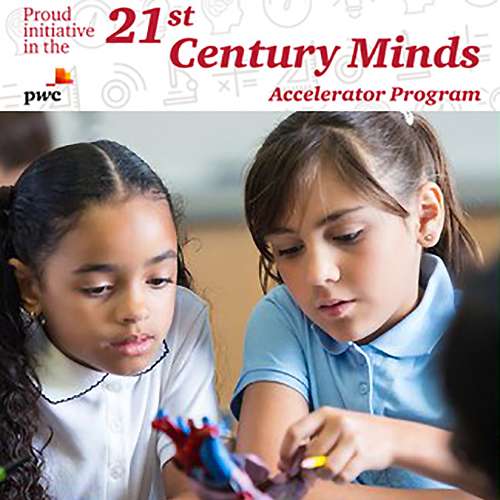
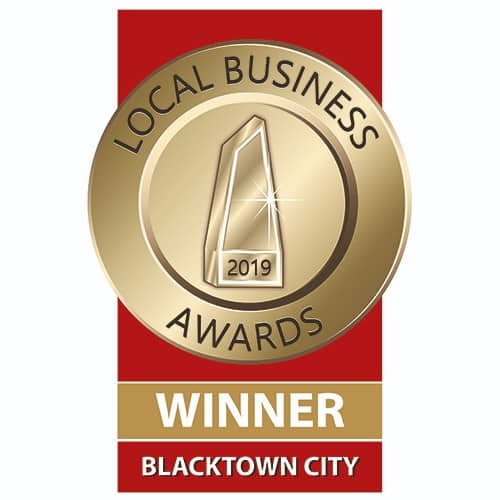
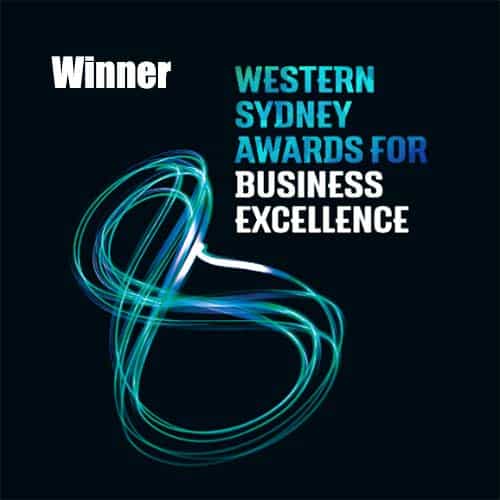
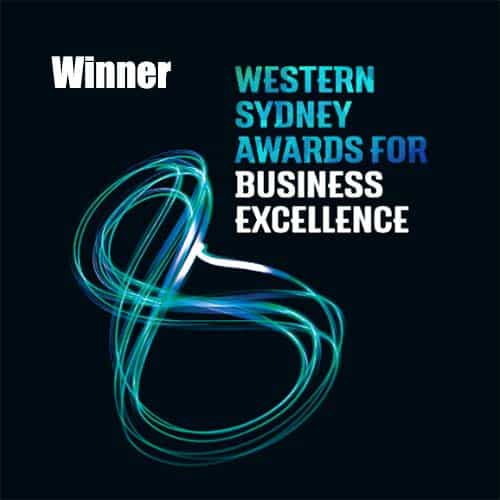
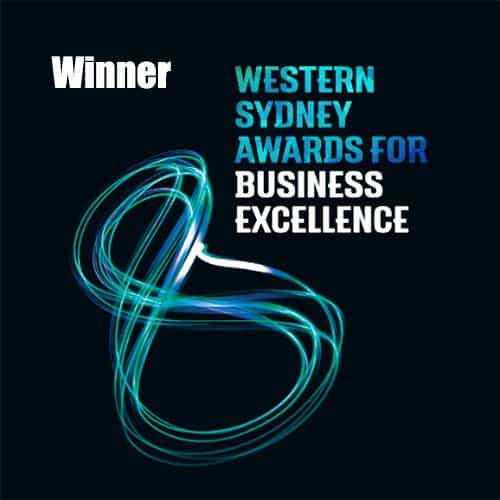
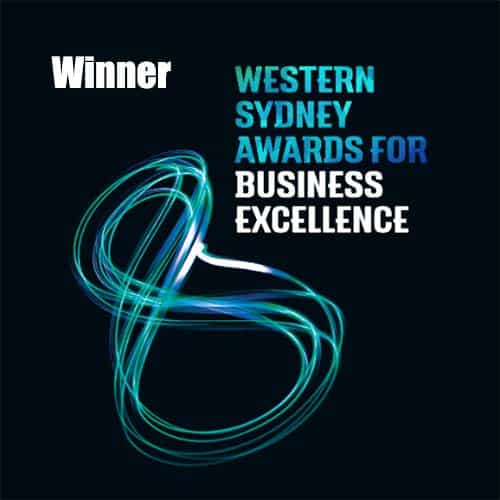
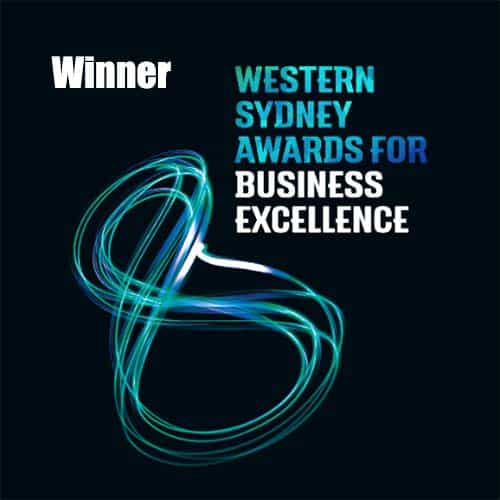
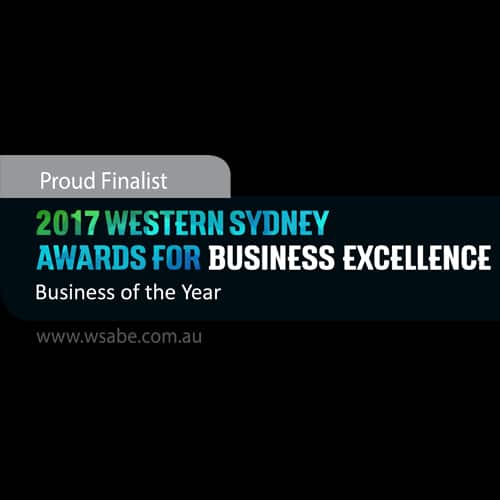
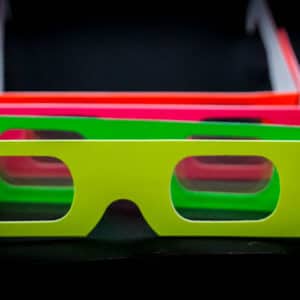



Comments